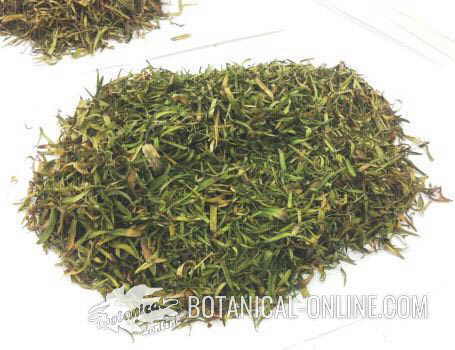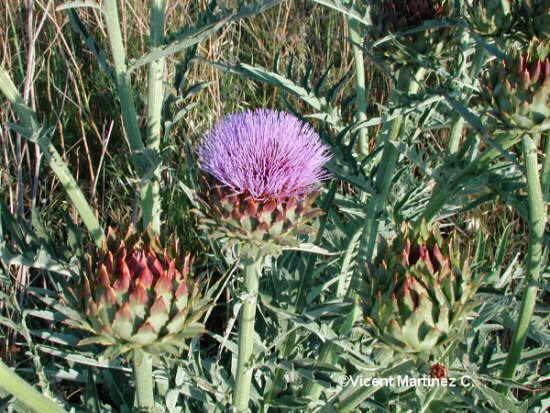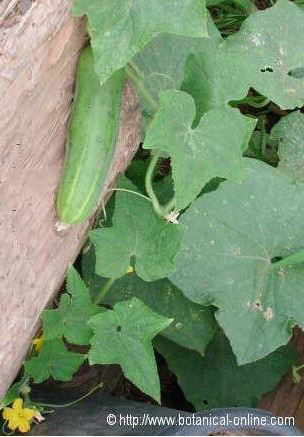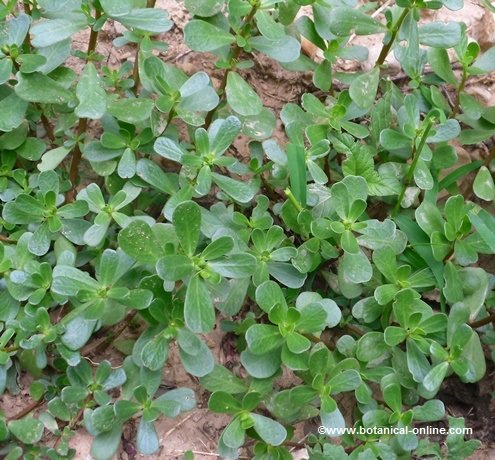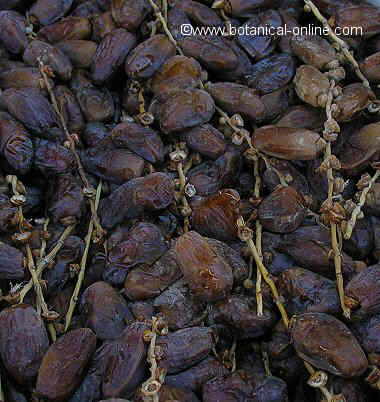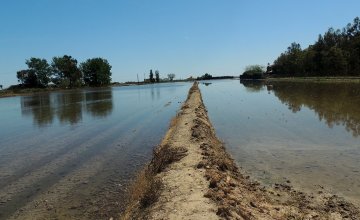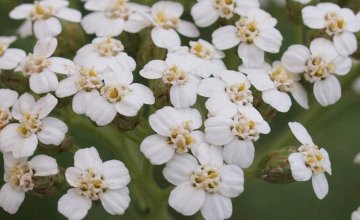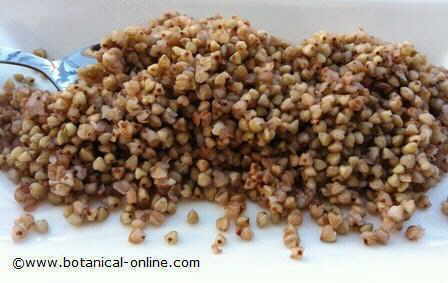Natural remedies with chickpea flour
What is chickpea flour?
It is the flour that is obtained when grinding the chickpeas.
In the West this flour is not very well-known yet. This is not the case in India or other countries in the East where it is a fairly common product at the tables.
Little by little, it is introduced in kitchens around the world. Sometimes because it is a substitute of wheat flour for celiac patients, since chickpea flour does not contain gluten.
At other times, the emigration of the population of India and Pakistan to the western countries has led to greater knowledge of the culinary traditions of these countries.
NUTRITIONAL PROPERTIES OR CHICKPEA FLOUR
What are the properties of chickpea flour?
In general, chickpea flour has similar properties to chickpeas, that is to say a food very rich in proteins, carbohydrates, fiber, minerals and vitamins. (See “Food properties of chickpeas” ).
What dishes are made with chickpea flour?
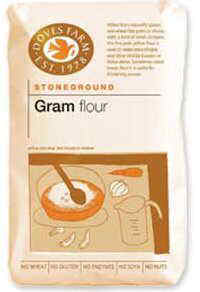
Chickpeas flour
Dishes that are made with chickpeas flour are known in India as pakoras. Pakoras are a kind of fried fritters made with a mixture of chicken meat and some vegetables, such as onion, aubergines, spinach, tomatoes … etc.
Chickpea flour is used to flour and give consistency to these type of pies which are then fried in oil.
Many times pakoras are seasoned with spices and aromatic herbs.
With this flour, similar products are made in other parts of the world. In Argentine, other very famous preparation with chickpea flours is called fainás, very habitual in Buenos Aires
It has a base made with chickpea flour seasoned with olive oil, pepper and salt. This kind of cakes were brought to this country by Italian emigrants, although they were known as farinatas.
Fainás or farinatas are also very common in Montevideo (Uruguay)
* View recipe of farinata
MEDICINAL PROPERTIES OF CHICKPEA FLOUR
Curative remedies with chickpea flour
In Indian medicine, for cases of impotence or premature ejaculation, they use effective remedy cakes made with chickpea flour, mixed with dates and skim milk powder.
Also in this country, raw chickpea flour mixed with yogurt or curd can be applied on the skin to combat eczema, dermatitis, pimples and other skin imperfections. (See more information on “Medicinal properties of chickpeas” in the listing below). Toxicity, contraindications and side-effects of chickpeas flour
It is important to note that chickpeas, like all other legumes, except sprouts, should not be eaten raw.
Raw chickpeas contain toxins that are removed after being soaked and boiled in plenty of water.
Ingestion of cakes made with chickpea flour cooked in the oven without water may be responsible for cases of neurolatirism.
Composition of chickpea flour
The following table shows a comparison between chickpea composition and chickpea flour composition.
Composition of chickpea and chickpea flour per 100g | ||
Chickpea | Chick pea flour | |
| Water | 11, 53 g | 10, 22 g |
| Calories | 364 Kcal | 369 Kcal |
| Fat | 6, 04 g | 6, 69 g |
| Protein | 19, 30 g | 22, 39 g |
| Carbohydrates | 60, 66 g | 57, 80 g |
| Fiber | 17, 4 g | 10, 8 g |
| Potassium | 875 mg | 846 mg |
| Sodium | 24 mg | 64 mg |
| Phosphorus | 366 mg | 318 mg |
| Calcium | 105 mg | 105 mg |
| Copper | 0,847 mg | 45 mg |
| Magnesium | 115 mg | 166 mg |
| Manganese | 2, 204 mg | 1, 600 mg |
| Iron | 6, 24 mg | 4, 86 mg |
| Zinc | 3, 43 mg | 2, 81 mg |
| Selenium | 8,02 mcg | 8,3 mcg |
| Vitamin C | 4, 0 mg | —- |
| Vitamin B1 (Thiamin) | 0, 477 mg | 0, 486 mg |
| Vitamin B2 (Riboflavin) | 0, 212 mg | 0, 106 mg |
| Vitamin B3 (Niacin) | 1,54 mg | 1,762 mg |
| Vitamin B9 (Folacin, Folic acid) | 557 mcg | 437 mcg |
| Vitamin B6 (Pyridoxine) | 0, 535 mg | 0, 492 mg |
| Vitamin A | 67 IU | 41 IU |
| Vitamin E | 0, 820 mg | —- |
![]() More recipes and information on chickpeas.
More recipes and information on chickpeas.

